How to Import Fish and Seafood into Canada
What to expect: Fish and fish products imported into Canada are inspected to prevent the marketing of unsafe or unwholesome or mislabeled products. These goods require a Fish License or a Quality Management Program Import License.
Step 1:
Prior to applying for a license, contact A & A to inform them of your intention to import.
Importers must fulfill the other criteria outlined by CFIA prior to importation.
Step 2:
Familiarize yourself with the fish inspection requirements upon entry to Canada. As import requirements vary by commodity, it is highly suggested that an importer use the Automated Importer Reference System (AIRS) for reference.
Step 3:
Download and submit the PDF version of the Application for Fish Import License from the Canadian Food Inspection Agency website. Fees range from $500 to $5,000 and are payable to the Receiver General of Canada for a one-year license.
*After form submission and fee remittance it takes approximately 10 working days for CFIA to process the application and grant license.
Step 4:
Submit the following documents to A & A at minimum 48 hours prior to the goods arriving at a port of entry for customs clearance with Canadian Border Services Agency (CBSA):
1) Canada Customs Commercial Invoice
2) Copy of the Fish License
3) Completed Fish Import Notification Form for each shipment
A & A will then be able to fill out and remit all necessary paperwork for customs clearance to Canada Border Services Agency (CBSA) and will record the CBSA transaction number on the Fish Import Notification Form. It is your responsibility to ensure that Canadian Food Inspection Agency (CFIA) receives the Fish Import Notification Form in preparation for inspection, please confirm with your representative of your intention to submit this form. A & A may also provide this service for a fee.
Prior to shipping to Canada, the importer must fulfill all CFIA requirements and must have arranged for the goods to arrive at a designated CFIA approved cold storage warehouse for inspection. After the goods clear customs, they travel in bond to cold storage warehousing facility where CFIA will inspect them, provided they receive the necessary CFIA mandated forms. Failure to present goods for inspection or to submit all necessary forms will result in mandatory and immediate exportation.
After CFIA inspection, the commodity may be transported or distributed within Canada.
Please consult CFIA for more information on the final end use of these products.
References:
Fish Inspection Act: Department of Justice: www.justice.gc.ca (https://laws-lois.justice.gc.ca/eng/acts/F-12/page-1.html)
Fish Import Program Policy: Canadian Food Inspection Agency, www.justice.gc.ca (https://www.inspection.gc.ca/english/fssa/fispoi/import/pol/imppole.shtml)
Application for Fish Import License : Canadian Food Inspection Agency (https://www.inspection.gc.ca/DAM/DAM-aboutcfia-sujetacia/STAGING/text-texte/c5587_re_1413458897081_eng.pdf)
Fist Import Notification Form: Canadian Food Inspection Agency (https://www.inspection.gc.ca/DAM/DAM-food-aliments/STAGING/text-texte/c5588_1331652491590_eng.pdf)
Questions and Answers about the Fish Import Program: Canadian Food Inspection Agency (https://www.inspection.gc.ca/english/fssa/fispoi/import/pol/queste.shtml)
CFIA – National Import Service Centre Contact Information: For information on CFIA requirements for all commodities. https://www.inspection.gc.ca/english/imp/importe.shtml
Automated Importer Reference System (AIRS)
https://www.inspection.gc.ca/plants/imports/airs/eng/1300127512994/1300127627409

